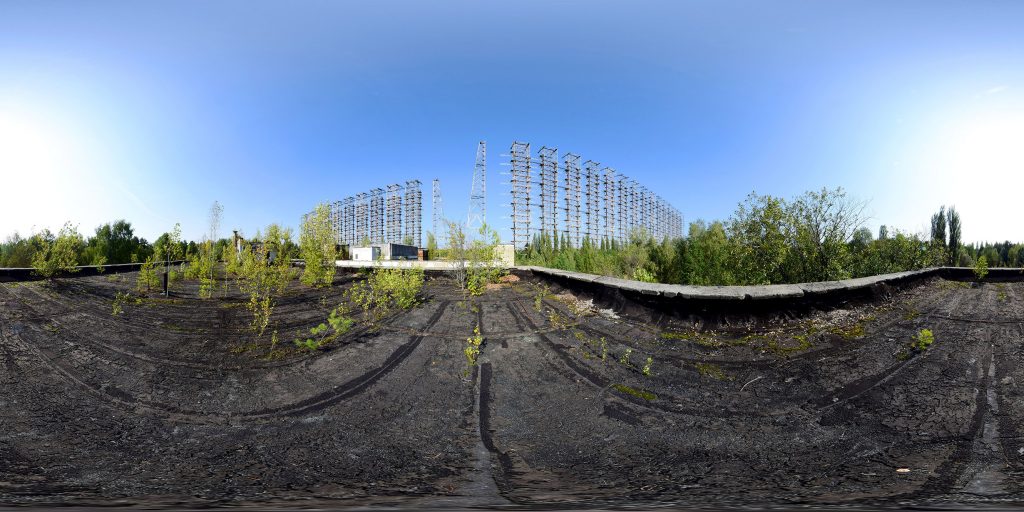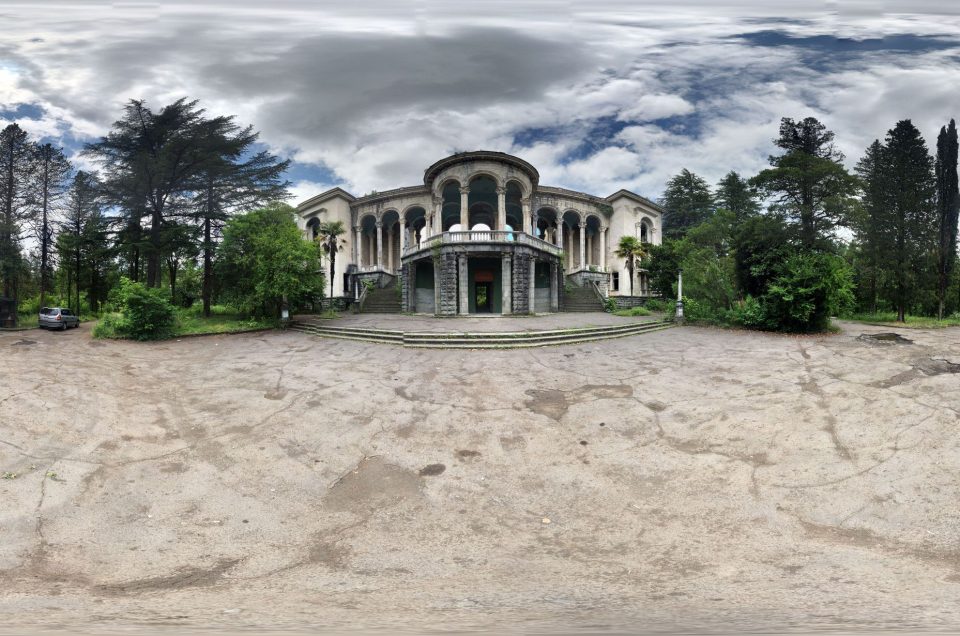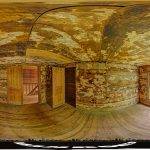Duga-1 Radar
Take a 360-degree look around the Duga-1 Radar receiver that is located about 6 miles south west of the Chernobyl Nuclear Power Plant. Do you like urban exploring? Here is a map with tons of GPS locations for you to get out and explore.
Aerial view of the radar system by Nickolay Omelchenko
Aerial view of the antenna system and surrounding buildings by timka crystall
View of the radar antenna from a nearby roof by Bartosz Bryniarski – BiGsystem
Another rooftop view the antenna by Nicolas Radziszewski
View inside one of the control buildings at the radar site by Aaron Ash
Ground view around the antenna by Bartosz Bryniarski – BiGsystem
A look inside a gymnasium at the site by Dominik Garus 2017
About the DUGA-1 Radar site
The Duga Radar Station – A Mysterious Relic of the Cold War
Throughout the world, Chernobyl is well known for the disaster of 1986 after an explosion ravaged the area around the nuclear power plant, sending a wave of radiation across the land. For years, the area remained abandoned, and wildlife took over. Only in 2011 were tourists allowed to visit and explore certain “safer areas” of the Chernobyl Exclusion Zone.
The surrounding forests hid a mysterious secret of the cold war: The Duga Radar. The massive structure towers over the forest and can be seen for miles, yet it remained a closely guarded secret of the Soviet Union for years. What is the Duga radar, and what did the Soviet Union use it for?
What is the Duga Radar Station?
The Duga Radar Station was one of two over-the-horizon early warning systems used to detect incoming missiles from the USA. Built in 1972, the massive structure appears as a wall and stands a towering 492 feet high and stretches as far as 700 meters in length. Today, very little is known of the radar’s intended use beyond the anti-missile defense for the Soviet military.
The signal the Duga radar put out was extremely powerful and could be heard through radios across the world. The neighboring towns could hear the sounds emitted from the structure, which was described as a repetitive tapping noise that sounded like a woodpecker, giving the giant structure the nickname The Russian Woodpecker. The signal interfered with aviation communication, civilian radios, and disrupted television broadcasts.
Located 40 miles from the radar, the transmitter was built. The system was designed to detect a missile attack within the first two to three minutes after a missile had been launched. The advanced warning system would give them up to 30 minutes before a missile arrived to launch a counterstrike.
The sound picked up through radio waves remained a mystery for years fueling conspiracy theories of Soviet brainwashing and weather control. Many people believed the signal could control human behavior and even destroy brain cells. While this Duga radar station was closed, the other remained in operation until the late 1980s as the Cold War came to a close.
Visiting the Duga Radar Station
The structure was left to nature after the Chernobyl explosion and has become a dilapidated structure left to decay. While the structure can be seen for miles, in 2013, the Duga Radar Station began accepting tours.
The surrounding area can be explored by urban explorers and tourists. There are abandoned vehicles, broken electronic devices, metal debris, and remnants of what was clearly a quick evacuation after the disaster.
You can explore the main control rooms, barracks, and residential areas. The site is a relic of the Cold War and the Chernobyl disaster and an impressive structure hidden deep in the forest that beckons to be explored.

A 360-degree panoramic image captured at the abandoned Duga Radar System in Ukraine. Photo credit: Bartosz Bryniarski
Other abandoned areas of the Chernobyl Exclusion Zone can be explored such as the Kopachi Village Kindergarten, Village of Zalissya, or the Pripyat Amusement Park. Here are some safety tips if you decide to go out and do some urban exploring of your own
Click on a state below and explore the top abandoned places for urban exploring in that state.






